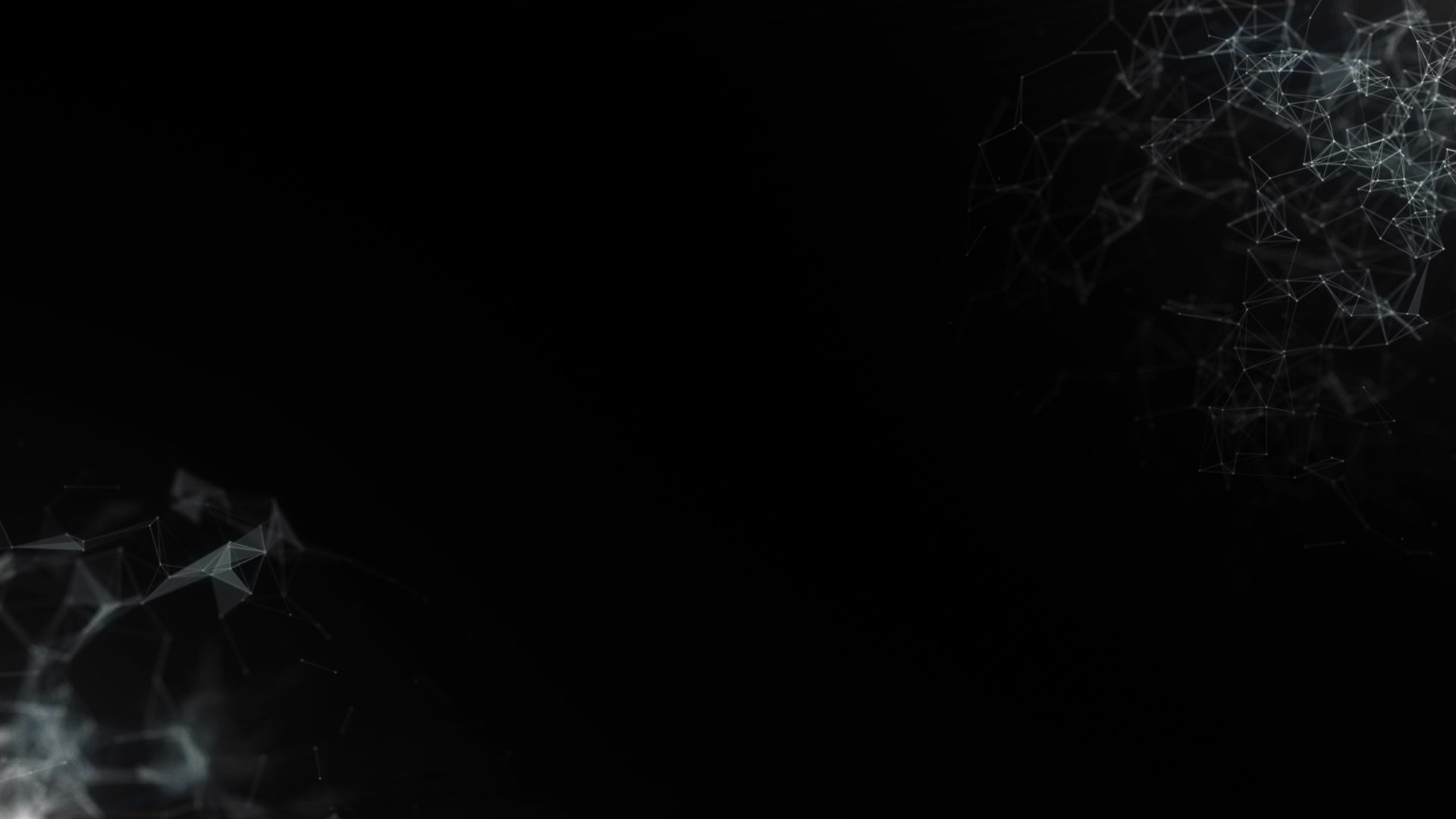To the Edge of Infinity: My Journey with Carl Sagan
- Alberto Pisabarro

- Apr 24
- 4 min read
Updated: Jun 4
Cosmos: A Journey That Began in My Childhood (and a Collector's Edition)
There are things that leave a lasting impression on you. For me, one of them was seeing Carl Sagan's Cosmos for the first time.
I was just a child, but that journey through the universe, accompanied by Sagan's warm and poetic voice—or, in my case, that of the Spanish dubber, José María del Río—opened my eyes to a reality larger, more beautiful, and more mysterious than I had ever imagined. Since then, the night sky has never been the same for me.
And that's why I'm especially excited to begin this series of posts, where I'll be commenting on this masterpiece of scientific communication, episode by episode, while sharing thoughts, curiosities, and personal memories.
But before we dive into the first episode, I want to tell you a little about the physical edition I have in my hands. I got it a few years ago: a collector's edition published by Suevia Films, with all the episodes of the series in physical format. For those of us who grew up in the VHS era and enthusiastically experienced the transition to DVD, owning this gem is almost an act of nostalgia, a little piece of the universe on our shelves. The edition is meticulously crafted, with a design that undoubtedly respects the essence of the series.
It's not a blockbuster with a thousand extras, but it does come with an update at the end of each episode created by Carl Sagan himself, and we can't forget that it comes with Dolby Digital 5.1 and DTS sound.
Episode 1: The Shore of the Cosmic Ocean
Beginning Cosmos is like opening a door to infinity. The first episode, "The Shore of the Cosmic Ocean," is an invitation to look up and remember that we are part of something much bigger. Sagan takes us by the hand on a kind of poetic introduction near the sea, to everything that is yet to come: the history of the universe, the evolution of life, science as a tool of discovery... and, above all, that profound connection between us and the stars.

In this first episode of Cosmos, Carl Sagan invites us on a fascinating journey through the universe. He begins by exploring the vastness of the cosmos and reflecting on our position within it. Sagan highlights the importance of science for understanding our place in the universe and takes us through concepts such as the speed of light and vast cosmic distances. He also introduces the possibility of life on other planets, telling us with astonishment and clarity how Eratosthenes, a Greek sage from the 3rd century BC, managed to measure the circumference of the Earth with remarkable precision, and in the process, debunks flat-earth theories. Sagan transports us to ancient Alexandria, where Eratosthenes, upon learning that in Syene (present-day Aswan) the sun illuminated the bottom of a vertical shaft at noon on the solstice, realized that this did not occur in Alexandria at the same time. Using this difference in the angle of the shadow cast by an obelisk and the distance between the two cities, he deduced that the Earth's surface must be curved. With a simple but brilliant application of geometry, and based on observations and calculations, Eratosthenes estimated the Earth's circumference with a surprisingly small margin of error for his time. This story exemplifies the scientific spirit that Cosmos sought to convey: curiosity, observation, and the power of rational thought.
I remember being deeply struck by the metaphor of the cosmic calendar as a child. The thought that the entire history of the universe can be compressed into a single year and that all of human history fits into the final seconds of December 31st blew my mind, and it still seems just as mind-boggling to me today.

How can you not feel humbled and at the same time privileged to live right here, right now?
Sagan had that unique ability to blend science with poetry, data with wonder. He didn't speak from the pedestal of an "expert," but from the genuine emotion of someone who is in love with knowledge and wants to infect you with that passion, and he succeeds.

Even today, decades later, his message remains relevant, resonating like a gentle echo amid the noise of the modern world.
Key themes of the episode:
The immensity of the universe and our position within it
Introduction to the ship of the imagination, which Sagan will use in every episode
A first look at the Library of Alexandria and the figure of Hypatia
The cosmic calendar as a metaphor for understanding the universal time scale
The approach to science as a path to knowledge and humility
And that's the first of 13 entries about this magnificent series. As such, every Wednesday you'll have a new episode of Cosmos. If you haven't seen Cosmos yet, now is the time to start.









Comments